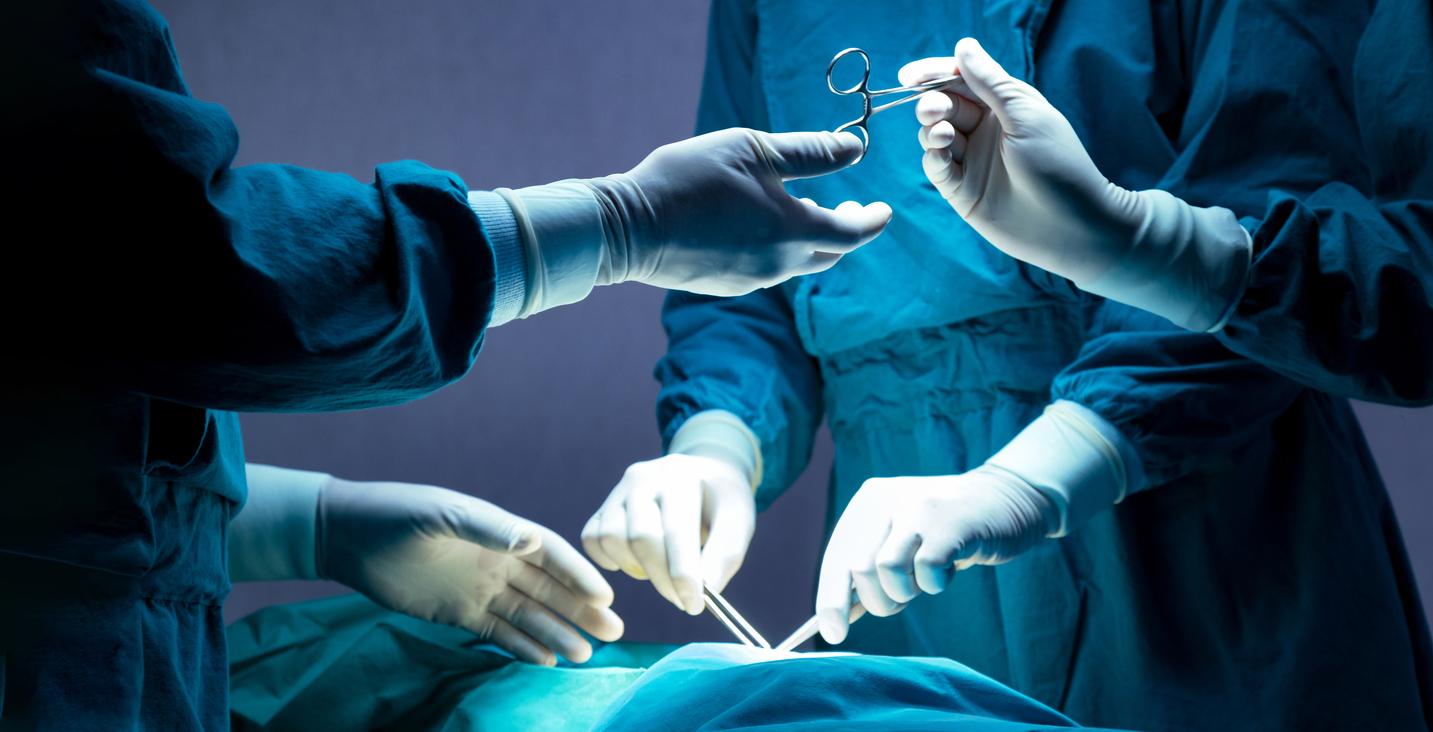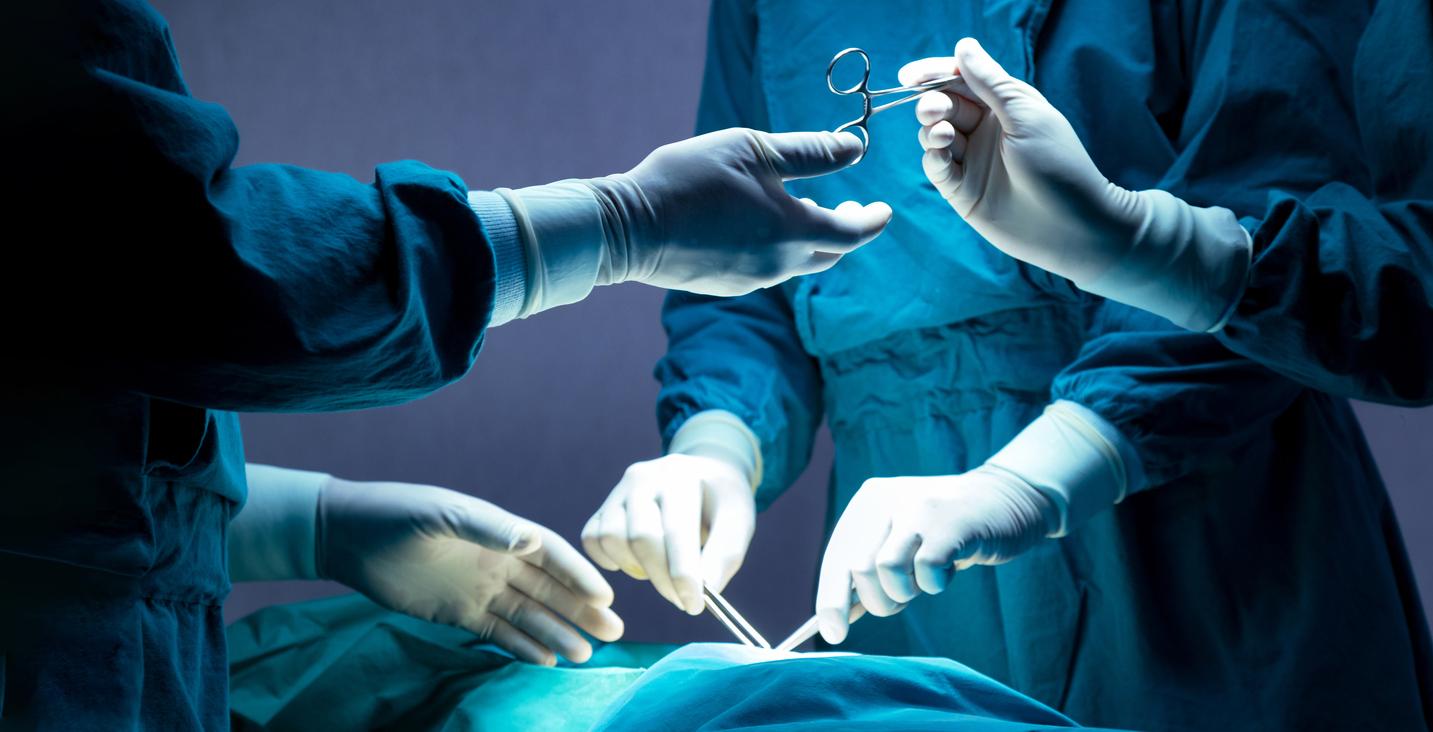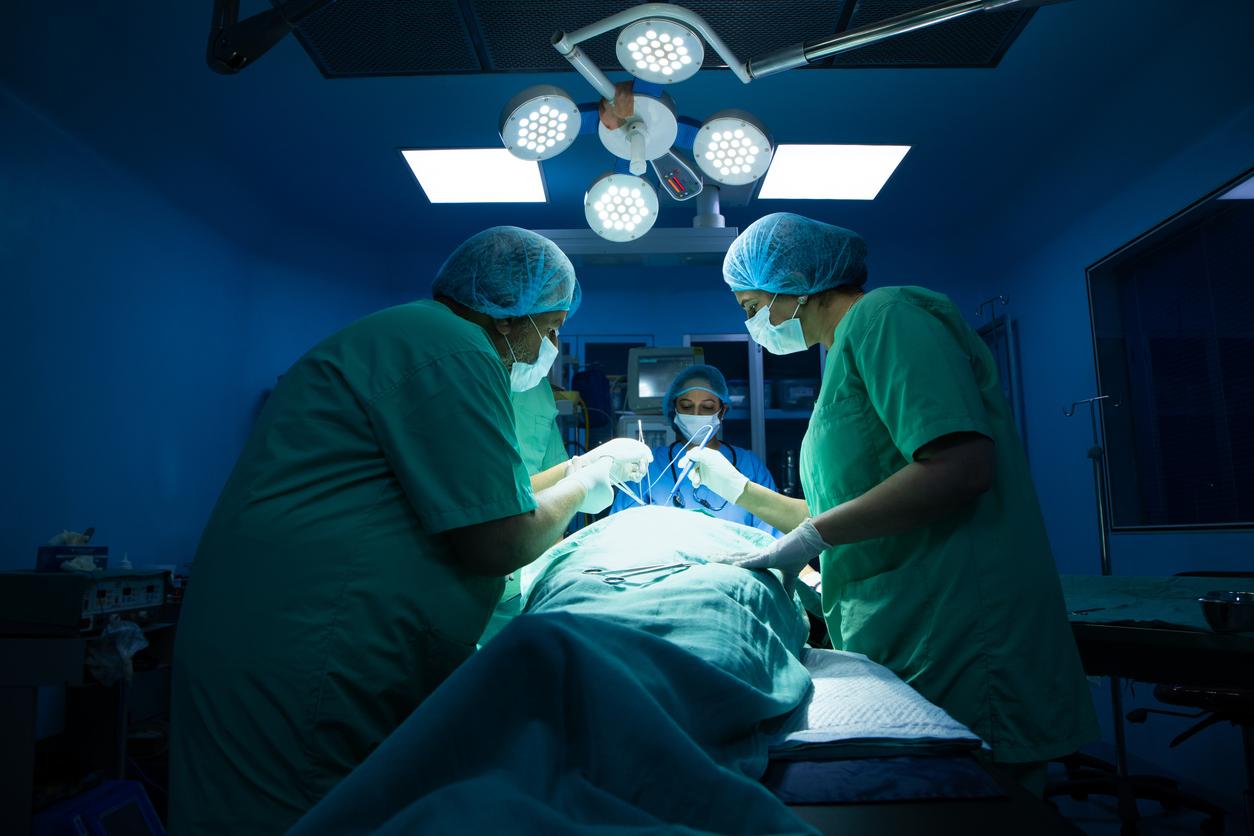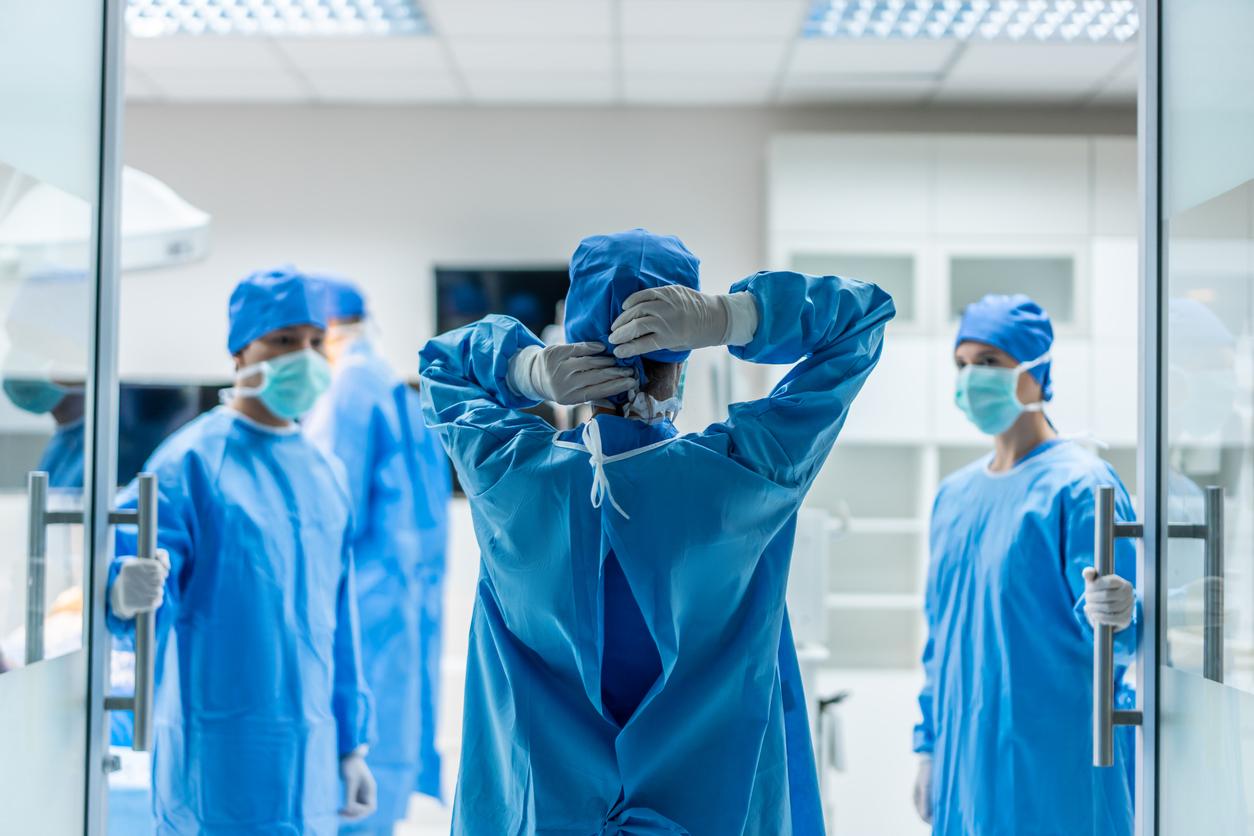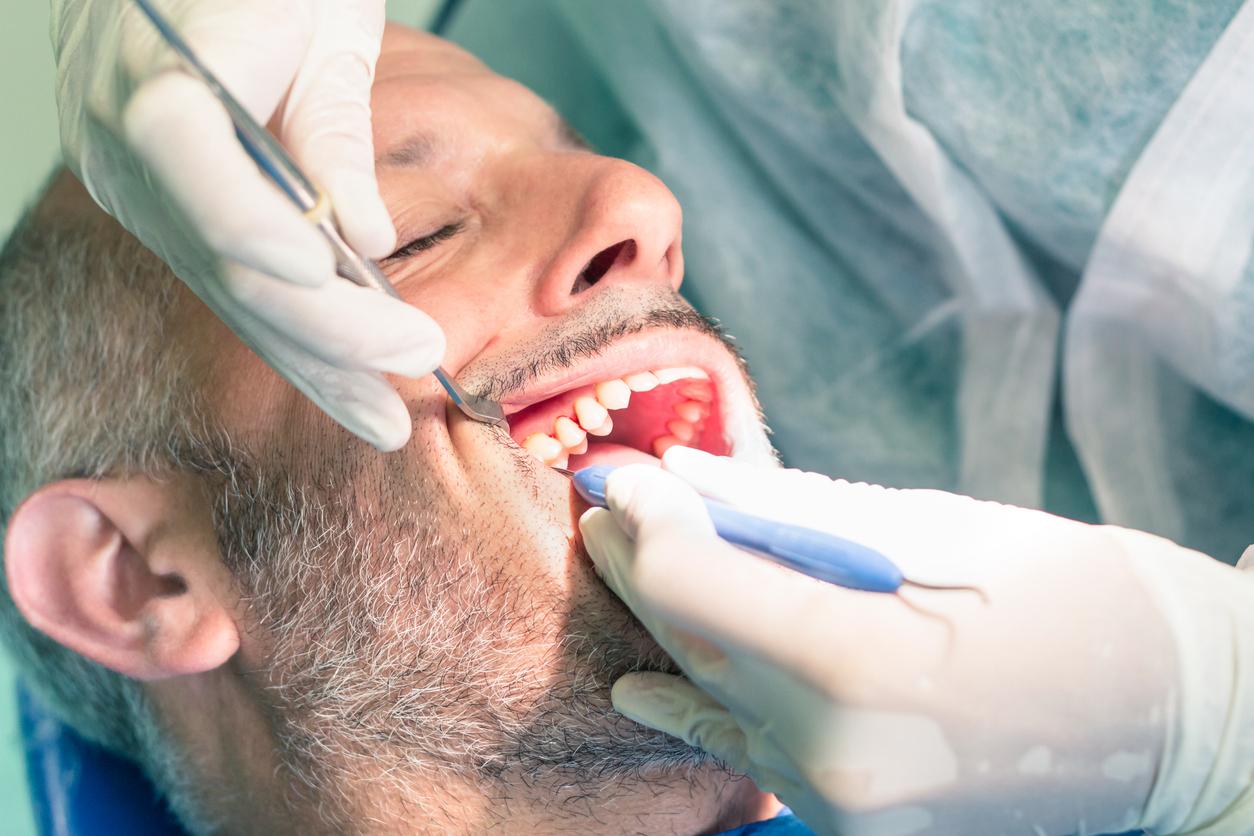Separated a year and a half ago, Siamese sisters Erin and Abby Delaney are doing well. They were born connected at the head and shared the same brain tissue.
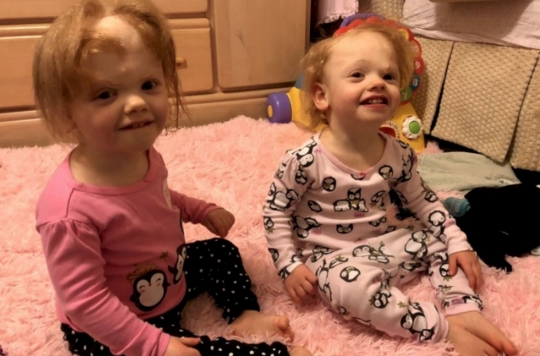
It’s a story that evokes science fiction. Two Siamese twins, born head-linked, and initially sharing the same brain, have been successfully separated. A year and a half after the operation, the New England Journal of Medicine reports that Erin and Abby Delaney are doing well, exceeding even all expectations.
“Erin is crawling around and enjoying her newfound freedom…” their mom says, and “her sister Abby is starting to sit up on her own. We are so grateful, we feel so blessed to be their parents and to see them grow and flourish.”
Their brain tissue had completely fused
Yet the future for these craniopagus conjoined twins was bleak when they were born. The separation was particularly complicated by the fact that their brain tissues had completely fused together during the pregnancy. Thus, the sisters had in common the superior sagittal sinus, that is to say the large vessel that carries blood from the brain to the heart. Before the operation, the doctors therefore first began to separate their brains gradually, moving them away from each other, millimeter by millimeter, thanks to complex new medical technologies.
“Infants with this malformation heal faster if they are young at the time of separation, due to the plasticity and regenerative powers of the young brain,” says neurosurgeon Gregory Heuer, who led the operation with Jesse Taylor and a multidisciplinary team of 30 people. “However, we had to balance this benefit against the risks of major surgery in infants, especially in such a complex and extremely rare condition,” he says.
little girls recover
In June 2017, the doctors decided to take action. The little ones are 10 months old, and their surgery will last 11 hours, making headlines around the world. In particular, the team used a computer-aided navigation system to map the interconnected blood vessels, in particular the sagittal sinus, which had to be carefully divided so that a part went to each child. “After this long and complicated surgery, these little girls are recovering, developing and growing. We are honored to have contributed to the realization of this project”, welcomes Jesse Taylor, even if heavy medical follow-up is still necessary.
Now two and a half years old, the conjoined twins will need a synthetic implant at the age of four or five to cover the openings in the skull required for separation surgery. Cases of craniopagus twins are extremely rare, occurring about six times in 10 million births.
.









